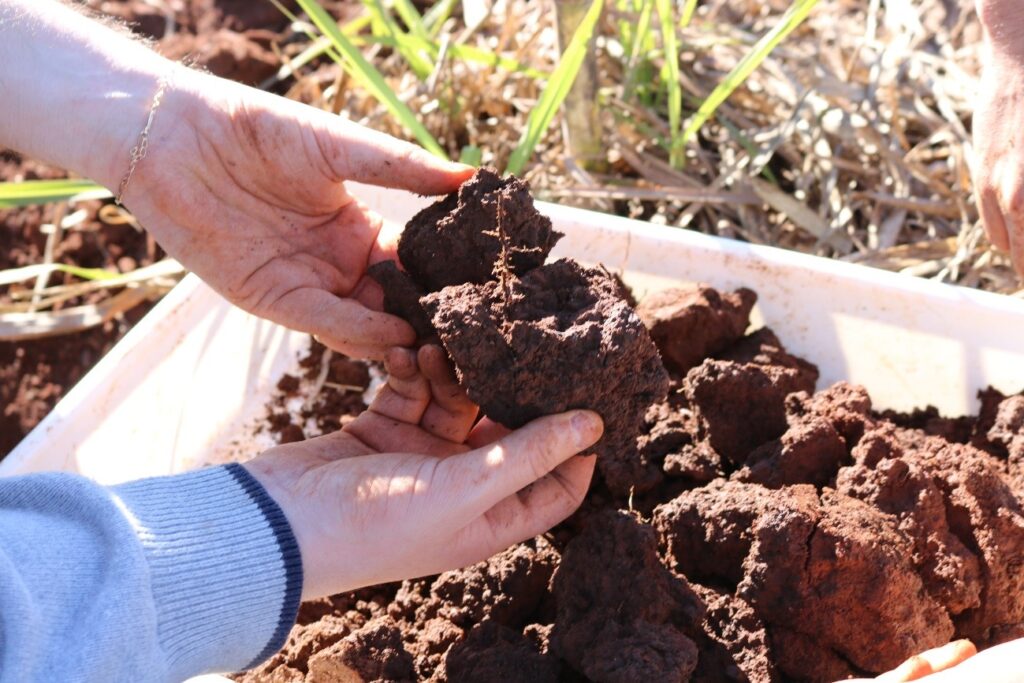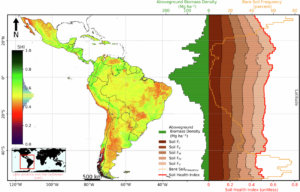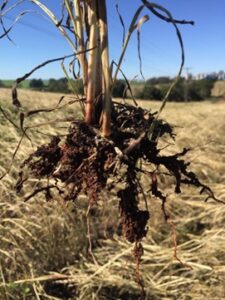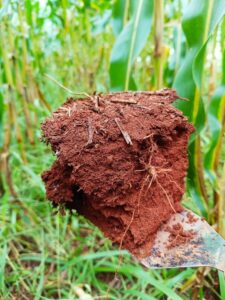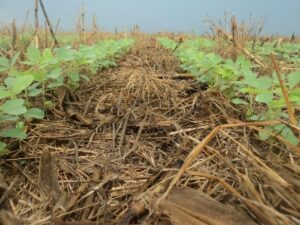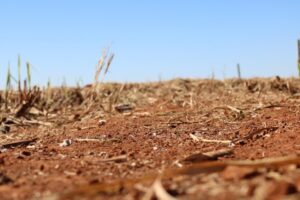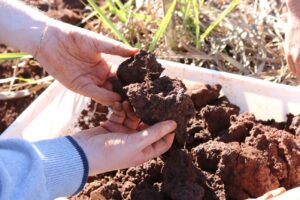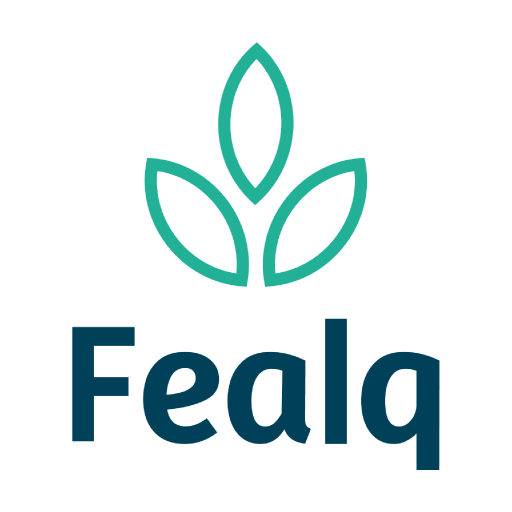First Soil Health Map of Latin America and the Caribbean Highlights Pathways for Public Policies on Conservation and Sustainable Management
Soil health is essential for agricultural productivity, food security, and ecosystem balance. To assess it, physical, chemical, and biological indicators are analyzed, reflecting its fertility, structure, and ability to sustain productive systems.
A research led by scientists from ESALQ/USP and CCARBON/USP resulted in the first Soil Health Map of Latin America and the Caribbean (LAC). The study was published in the journal Communications Earth & Environment (Nature) and provides a detailed overview of the current state of the continent’s soils. Additionally, it highlights crucial pathways for public policies focused on conservation and sustainable management.
The researchers used remote sensing technology and machine learning to map, in high resolution, the key indicators of soil health. The generated information is strategic for the preservation and sustainable use of this essential resource.
The Overview of Soil Health in the Region
According to Prof. Raul Poppiel, the study’s first author, the mapping revealed that 38% of soils in Latin America and the Caribbean (LAC) are considered unhealthy, meaning they are degraded. Another 28% are classified as moderate, while only 34% exhibit good health.
The most critical areas are concentrated in arid and savanna regions, such as the Caatinga and the Cerrado. In contrast, the healthiest soils are found in humid equatorial zones. Although the Amazon is covered by vast plant biomass, it generally showed medium to low soil health indices. This reinforces the soil’s vulnerability and the urgency of conservation meas
“Soil health is essential not only for agricultural production but also for ecosystem balance, making it crucial for climate change mitigation and adaptation.”
Prof. Maurício Cherubin, research director at CCARBON/USP and co-author of the study
Photo by Maurício Cherubin
According to the study, factors such as deforestation, improper land management, and climate change have worsened soil degradation.
“We found a direct relationship where areas with higher frequency of exposed soils (without vegetation cover) have the worst soil health levels.”
Prof. José Alexandre Demattê, co-author of the study
Photo by Maurício Cherubin
Technology for soil health
Professor Raul Poppiel highlights that the differential of the study lies in the use of high-resolution maps (90m). These maps were constructed with a large volume of georeferenced soil data, remote sensing data, and machine learning algorithms. This innovative approach enhances the use of available data to conduct an integrated and detailed assessment of soil health.
According to Dr. Jean Novais, also a co-author of the study, the methodology allowed for an in-depth analysis of essential soil functions. These functions include carbon storage, water retention, and support for plant growth. Additionally, the researchers identified the key intrinsic factors that influence soil health, such as density, total porosity, carbon content, and water availability. The approach combined technologies like cloud computing and empirical knowledge applied to Earth observation data. This resulted in a model capable of representing the status of soils in the LAC (Latin America and the Caribbean), leading to an unprecedented study.
“From the conception to the final design of the paper, we went through several discussions among the authors, editors, and reviewers with the aim of finding the most complete and clear way to represent the soil landscape of this region, which is so important for our planet and faces socio-economic and environmental challenges.”
Dr. Jean Novais, co-author of the study
For Professor Demattê, the study reinforces the relevance of advanced techniques, such as the use of satellite remote sensing, in soil mapping and management.
Photo by Maurício Cherubin
Soil health and its impact on public policies
The study provides a solid scientific foundation for the development of public policies specific to different biomes and countries in the region. According to Professor Cherubin, “Mapping like this allows for directing investments and recovery programs to the most critical areas, in order to maximize environmental and socio-economic results.”
Countries like Colombia and Venezuela lead in terms of healthy soil extent, while regions such as northeastern Brazil, northern Mexico, and parts of Chile and Argentina face the greatest challenges.
Brazil at the center of global discussions
Brazil, with its vast territorial extension and agricultural relevance, plays a central role in soil health in Latin America. In 2025, the country will host major global events. The United Nations Climate Change Conference (COP 30) will take place in Belém. The Latin American and Caribbean Soil Carbon Research Symposium (LAC Soil Carbon) will be held in Rio de Janeiro. The 34th Brazilian Congress of Soil Science will be in São Luís, Maranhão.
In 2026, CCARBON/USP will host the X International Symposium on Organic Matter, an event never before held in Latin America. These gatherings will be key opportunities to highlight scientific advancements, share regional experiences, and strengthen the commitment to sustainable soil management practices.
A call to action for soil health
The results point to the urgent need for the adoption of sustainable practices, such as no-till systems, the recovery of degraded pastures, and integrated management. Furthermore, they highlight the importance of international cooperation, standardization of monitoring methods, and continuous investment in science and technology, concludes Professor Poppiel.
The research, the result of an international collaboration between ESALQ/USP, CCARBON/USP, and partner institutions, reinforces the central role of soils in the global sustainability agenda.
Explore the full results of the study
Want to learn more about the detailed maps and soil health indicators in Latin America and the Caribbean? Access the full article in the Communications Earth & Environment journal and explore all the findings by clicking here.
Additionally, you can view the interactive maps through the Earth Engine platform and download the data directly by clicking here. To access the full raster files in the Zenodo repository, click here. You can also explore the distribution of Soil Health Index (SHI) classes across biomes and countries in LAC through the interactive Sankey diagram.
This study was financially supported by the São Paulo Research Foundation (FAPESP) through thematic projects (2014/22262-0; 2021/05129-8) and the CEPID – CCARBON/USP (2021/10573-4).

